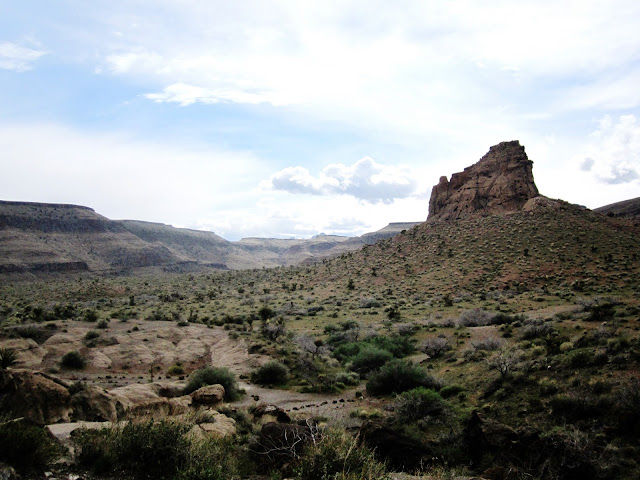Plant Life of the Colorado Desert

The Colorado Desert, the portion of the Sonoran Desert that spills over into California, is a wonderfully diverse ecosystem, botanically speaking. The Sonoran Desert extends across southern Arizona and south into Mexico and Baja California on both sides of the Gulf of California. In the state of California, we are lucky to claim a little corner of the Sonoran Desert as our own. The assemblage of plant life in California's Colorado Desert is markedly different from our more northerly Mojave Desert. The Colorado Desert, like other regions of the Sonoran Desert, experiences two rainy seasons, one in winter and a second at the end of summer. This allows for a greater diversity of species here than in the adjacent Mojave Desert. Chollas, with blooming Desert Senna ( Cassia armata ) A drive through Joshua Tree National Park allows visitors to experience both desert ecosystems. The northern part of the park...






